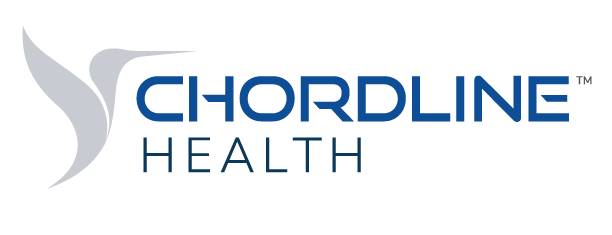Rapidly Transitioning to a Remote Workforce
Steven Michaelis
Director of Client Success
“I’ll see you on the other side of this thing,” I said to a few colleagues on my way out of the office last week. Like so many other organizations, Chordline Health has temporarily shuttered our offices in California and North Carolina. Following our States’ applicable guidelines and recommendations to maintain social distancing in response to the COVID-19 pandemic, we have transitioned to a fully remote workforce.
Making this transition so quickly, out of necessity, has highlighted both the strengths and weaknesses of our technology infrastructure and tools as they are today. Below I will aim to distill our recent experiences into meaningful tips and ideas that may be of use to other organizations making a similar transition. In particular, I will focus on three specific technology areas – VPN services, Communication, and Asset Management.
VPN: The Lifeblood of Telecommuting
Virtual Private Networks (VPNs) are at the center of your ability to support a rapid transition to a distributed workforce. For many organizations, as was the case for us, this technology is already in place and in use by a select group of employees – such as remote workers in other states or ad-hoc use by employees normally in the office. But, can that same backbone accommodate a jump from serving 15% of your employees to serving 100%? The key items to consider in answering this question are licensing, bandwidth, and address space.
First and foremost, your licensing will likely need to increase. Often, as a cost saving measure, organizations do not maintain 100% licensure for VPN services across their employee base. This makes perfect sense during normal operation – but needs to be drastically increased to support a fully remote workforce. Some firewall manufacturers also offer “spike” licenses, allowing for a short-term increase in usage.
For smaller to mid-sized companies, bandwidth and address space are additional key considerations. Pay particular attention to your upload speeds at endpoints that VPN users will be connecting to, as significantly more data will be flowing that direction. Also, assess your address space defined for your VPN connections (i.e. 10.0.0.1/24), ensuring you have the IP’s to support the increase in volume of consistent connections.
Communication: When you can’t shout over the cube wall
With the removal of in-person communication, tools like email and chat transform from important services to essential services. To mitigate the impact this change will have you should place a strong emphasis on the reliability of communication tools, as well as their availability if access to your local resources is lost.
One method of dealing with this is to decouple your communications platforms from your primary company infrastructure. That is to say, leverage cloud solutions for VoIP, Instant Messaging, and Email, from providers with very high up-times and reliability. This ensures that a loss of VPN connectivity does not break standard channels of communication.
A final note on communication: ‘embrace the face,’ and turn on that camera! Many of us (myself included!) often prefer to join conference calls with our web cameras turned off, disabled, or physically blocked. While ultimately this is a personal preference, numerous studies have highlighted the importance of facial expressions in communication and those will be lacking when operating in a fully distributed workforce without the use of cameras.
Asset Management: More Important than Before
Similar to communication, Asset Management is another key area that is important for normal business operations, yet takes on even greater significance when transitioning to a remote workforce. You should work to ensure you have a strong system in place, accessible to those that need it, and flexible enough to accommodate change. This will directly impact your ability to bring on new resources as a company, at a time when you may need precisely that – new resources!
This extends beyond simple device provisioning and, ideally, incorporates elements of automation to ensure ease of administration, scalability, and reliability. How quickly can you deploy all the devices, resources, and accounts that a new employee will need? What barriers do you have in following those processes when the administrators performing the work are themselves distributed geographically? These key questions can reveal areas of potential issue and change.
As I have written this post, my ‘coworkers’ have been busy nearby: my Wife, Tiffany, working on remote lesson plans for her students and home-baking dog treats while Abbey, our 9-year-old German Shepherd, and Charlie, our 10-year-old mixed breed, put in a hard afternoon of napping and fetch (I’ve snuck in more than one or two toy-tosses this afternoon.) The distractions and barriers to working remotely from your home are plentiful and unique, to be sure. Don’t let technology be another barrier for your team!
We’ve certainly felt some growing pains and will continue to learn lessons throughout this temporary but important time. Still, Chordline Health has been successful in transitioning rapidly to a fully remote workforce by focusing on key areas like VPN Services, externalized communication channels, and a flexible and adaptive asset management and provisioning process. I hope what we’ve shared today proves useful to other organizations working to adapt rapidly at this time.
